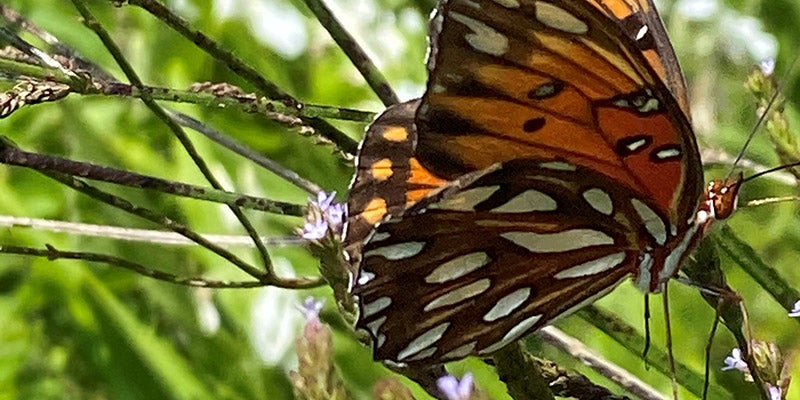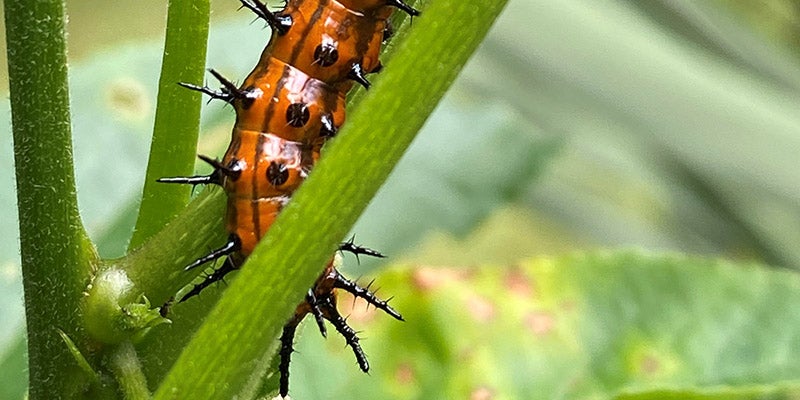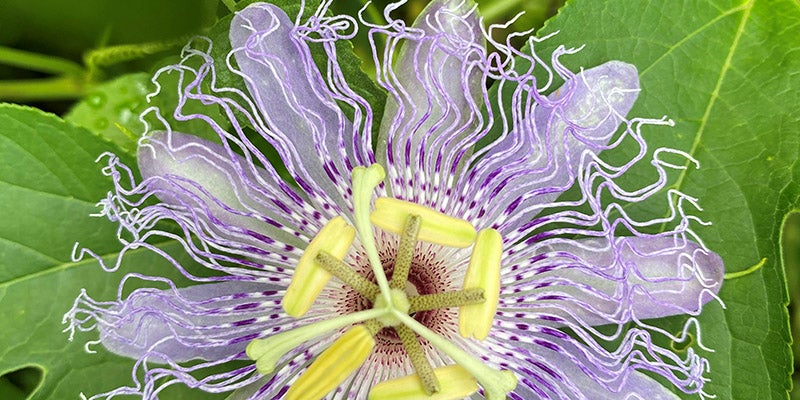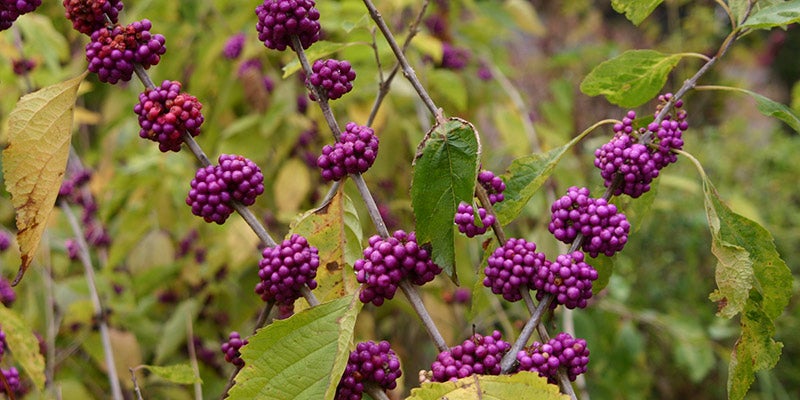Bring a bevy of butterflies to your garden
Published 7:00 am Wednesday, August 12, 2020
By Patricia Drackett
Director of the Crosby Arboretum
The past few weeks we have been seeing more and more butterflies visiting the Crosby Arboretum’s Pollinator Garden, as well as our Savanna Exhibit. We are nearing the time of year when late summer perennials will be exploding into bloom.
Pearl River County roadsides will soon be decorated with flowering native perennial plants, including Liatris, Stokes aster, blue mistflower, Joe Pye weed, swamp sunflower and asters. Many of these plants can be grown by collecting ripe seed, or easily divided or transplanted from other locations to your garden (with permission by the landowner, of course).
Joe Pye weed is a striking plant up close and personal. It is happily growing in area roadside ditches. A beautiful patch grows near the home of Pearl River County Master Gardener Phyllis Goodwin. The day Phyllis took me by to see this plant, which were every bit of seven feet tall, a picture-perfect butterfly was nectaring lazily on its flowers. The plant is said to be named for a Native American medicine man who used extracts from the plant in the 1700’s to treat typhoid fever. The popular wildflower is often recommended for locating in the rear of a perennial border due to its towering height.
The Extension website has helpful, research-based information to help you turn your yard into a haven for butterflies. See the fact sheet, “Attracting Butterflies to Mississippi Gardens,” at the MSU Extension website (http://extension.msstate.edu/), for a list that includes many plants, including native species, for your garden.
Remember that butterflies need not only nectar plants, but “host” plants, which are the specific plants that butterflies will lay their eggs on for the caterpillars to consume once they hatch. For example, a spicebush swallowtail would munch on spicebush (Lindera) and a pipevine swallowtail would eat pipevine (Aristolochia). The caterpillars of monarch butterflies feast on milkweed species (Asclepias), and passion vine (Passiflora) attracts Gulf fritillary butterflies.
Butterflies are drawn to mud puddles, where they siphon up salt and minerals. You can attract more butterflies to your garden by providing them with a “puddling pool”. Fill a large plastic or terra cotta saucer with sand or gravel and keep this wet. If you water frequently or have an irrigation system, place the saucer where you can keep it filled.
Butterflies also prefer to rest on flat, moist surfaces. You can add flat stones or bricks in your puddling pool. If you have overripe fruit such as bananas, oranges, melons, apples, and so forth, you can add these occasionally to the pool. This is a quick and easy way to attract butterflies to your garden that doesn’t involve any gardening at all – just whip up a “butterfly fruit cocktail”! They will soon be flocking to your yard if you offer a platter of overripe and rotting fruit.
You can also place a mixture of fruit such as bananas, apples, cantaloupe, apples, mango, citrus, and strawberries, in a low dish or plate. Some butterfly fruit mush recipes also include adding a fruity flavored, mineral-rich sports drink over the mixture. If you already have a bird feeder, the type that hangs on a chain from a branch or hook, it is also a wonderfully simple and practical way to “serve” the fruit mixture. This type of platform feeder is also extremely simple to make.
Butterflies need shelter from the wind and rain and will roost at night in shrubs or brush piles. Beautyberry (Callicarpa) is one shrub you may wish to plant near your butterfly garden to supply shelter and visual interest. This plant has just started catching my eye along area roadsides and has unusual purple balls of fruit clustered along its stem. It’s a large deciduous shrub that will grow six to eight feet overall.
Gardeners will be pleased to learn that beautyberry is very easily grown from cuttings! Small plants can often be found near mature specimens and these can be transplanted to your garden bed. This is a great plant to locate in a naturalistic border along a property line or in a wildlife garden. Usually found growing in full or part-sun areas, I have seen Callicarpa doing just fine in shadier areas, for example under a live oak tree if the sun angles in just right. Experiment with beautyberry in your garden, as it is both vigorous and adaptable. Generally, it prefers a well-drained soil, and is very drought-tolerant.
For information on the Arboretum visit www.crosbyarboretum.msstate.edu<http://www.crosbyarboretum.msstate.edu>. The garden is open Wednesday through Sunday from 9 a.m. to 5 p.m. and is located in Picayune, off I-59, Exit 4, at 370 Ridge Road.







